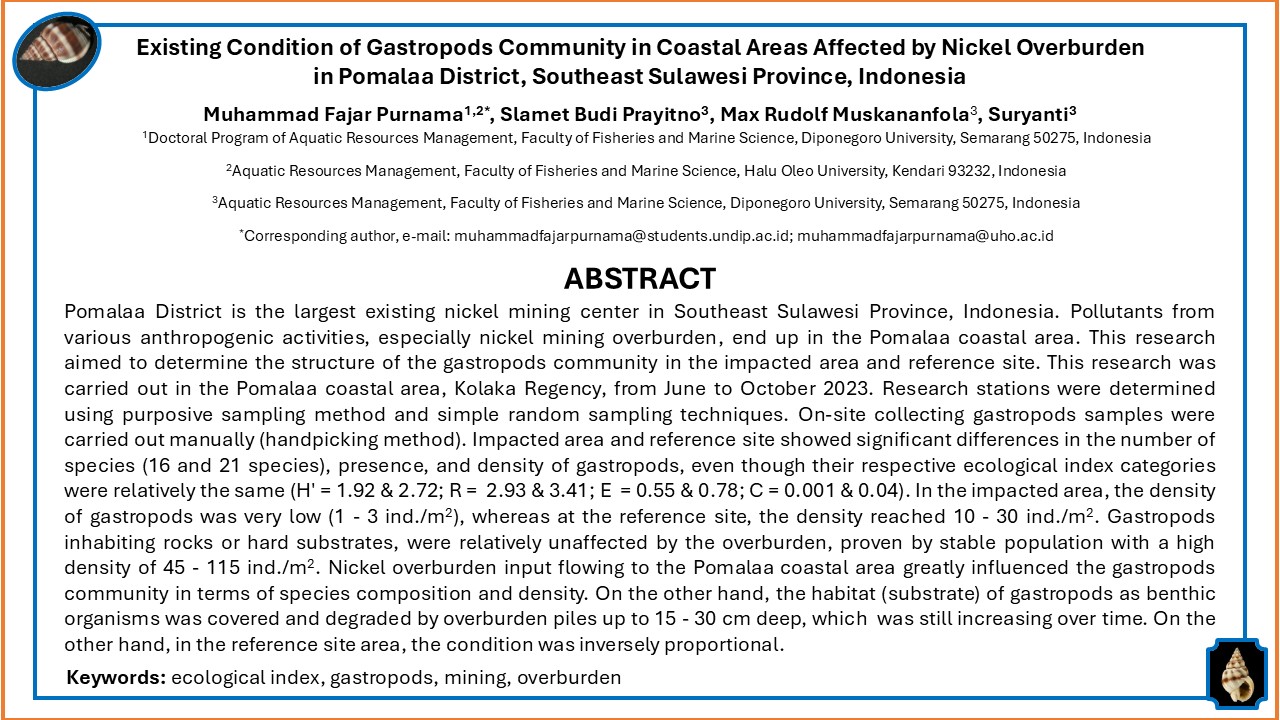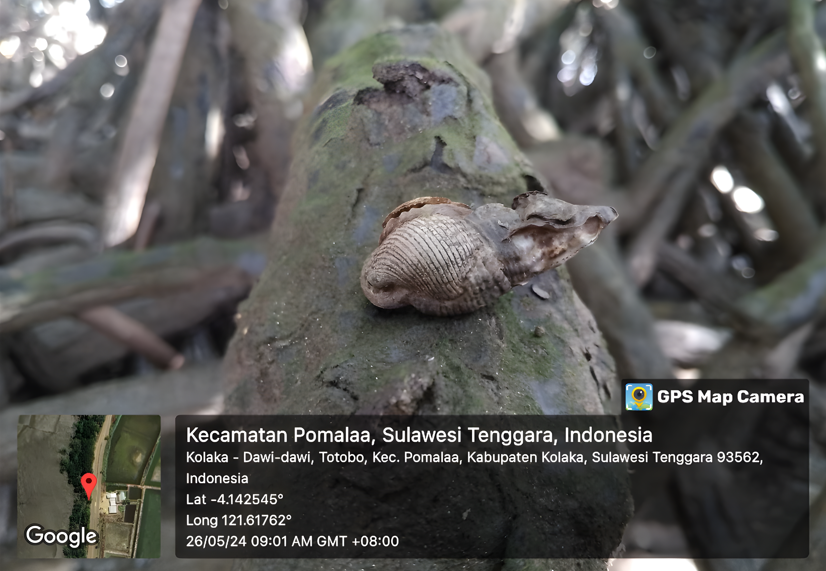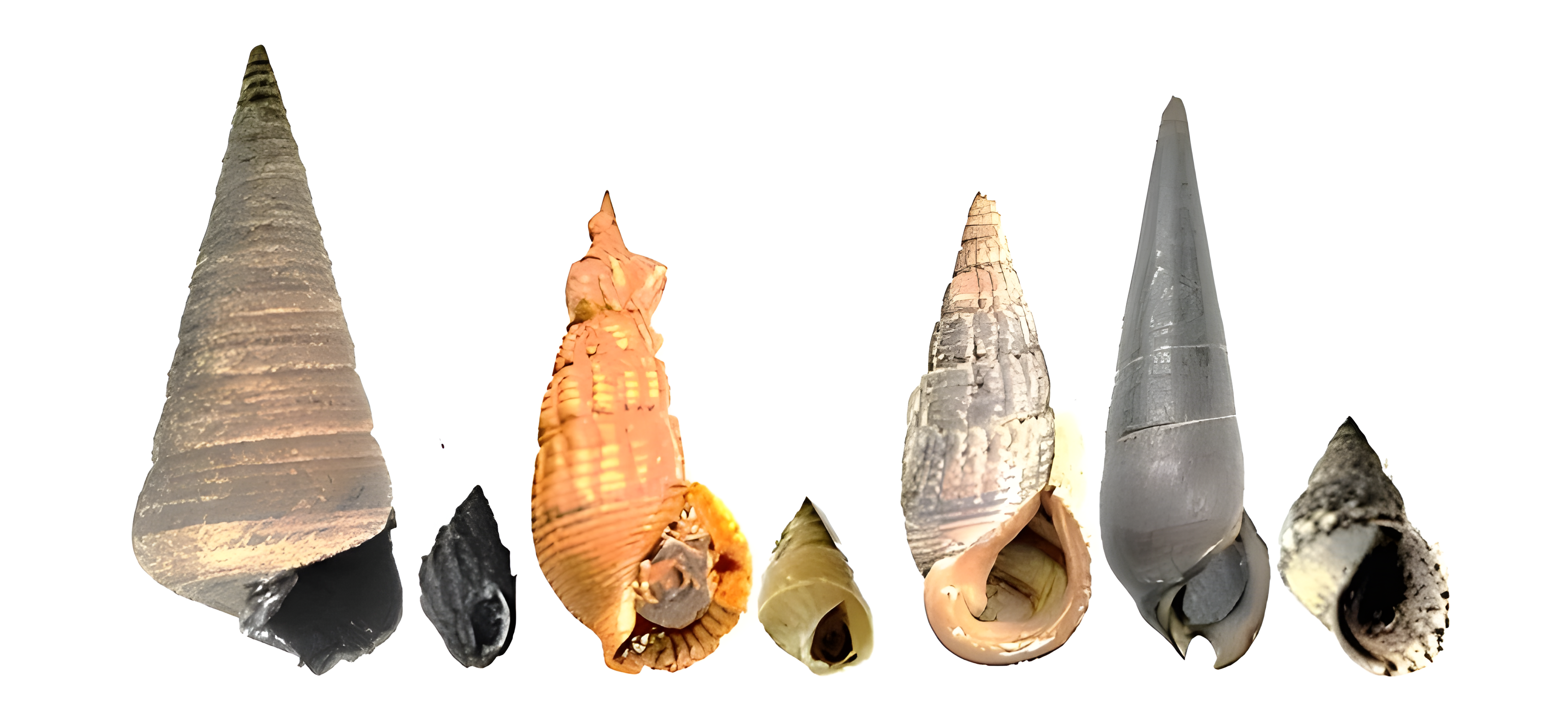EVALUATION OF REVEGETATION PRACTICES IN POST-MINED AREAS OF INDONESIA
Downloads
In compliance with government regulations, mining companies in Indonesia are obliged to reclaim and return a post-mined area into its pre-mining condition. Revegetation, as part of reclamation activity, performs a significant role in the rehabilitation of degraded post-mined areas to restore their productive land uses. Hence, this study aimed to assess tree growth on the reclamation sites across four mining companies in East Kalimantan, South Sulawesi, South Sumatra, and West Java in Indonesia and to evaluate whether the companies have met the legal requirements set for site revegetation. The success parameters were based on the applicable regulations of the Ministry of Environment and Forestry (MOEF) P.60/Menhut-II/2009 and tree growth parameters (stem diameter, total height and basal area). The parameters set by MOEF included revegetation realization, survival rate, tree density, tree health, species composition and rotation length. The four mining companies applied the two-phase planting method that included the planting of Enterolobium cyclocarpum for the first phase; and in the second phase, the slow growing native species, such as Intsia palembanica, Sycygium polyanthum, Shorea spp. and Elmerrillia tsiampaca. The tree growth parameters showed different performances over species and reclaimed sites. An extremely high growth of stem basal area of 57.6 m2/ha in 11 years, was recorded in the E. tyclocarpum stand of the Mining Company in South Sulawesi. All four mining companies strived to comply with the regulation with scores of revegetation success ranging from 15 to 25 out of 25 possible points. However, these favorable results may not be representative of all the mining companies, as the ones assessed were only those voluntarily supporting this research. Moreover, each of the four companies made some distinct efforts in implementing post-mining revegetation, such as by establishing plots of Melaleuca cajuputi trees producing cajuput oil and polycultures of native species.
Â
ÂKeywords: mining, reclamation, reforestation, rehabilitation, success parameters
Â
ÂÂ
Â
Â
Downloads
Authors who publish with this journal agree with the following terms:
- Authors retain copyright and grant the journal right of first publication, with the work 1 year after publication simultaneously licensed under a Creative Commons attribution-noncommerical-noderivates 4.0 International License that allows others to share, copy and redistribute the work in any medium or format, but only where the use is for non-commercial purposes and an acknowledgement of the work's authorship and initial publication in this journal is mentioned.
- Authors are able to enter into separate, additional contractual arrangements for the non-exclusive distribution of the journal's published version of the work (e.g., post it to an institutional repository or publish it in a book), with an acknowledgement of its initial publication in this journal.
- Authors are permitted and encouraged to post their work online (e.g., in institutional repositories or on their website) prior to and during the submission process, as it can lead to productive exchanges, as well as earlier and greater citation of published work (See The Effect of Open Access).






























